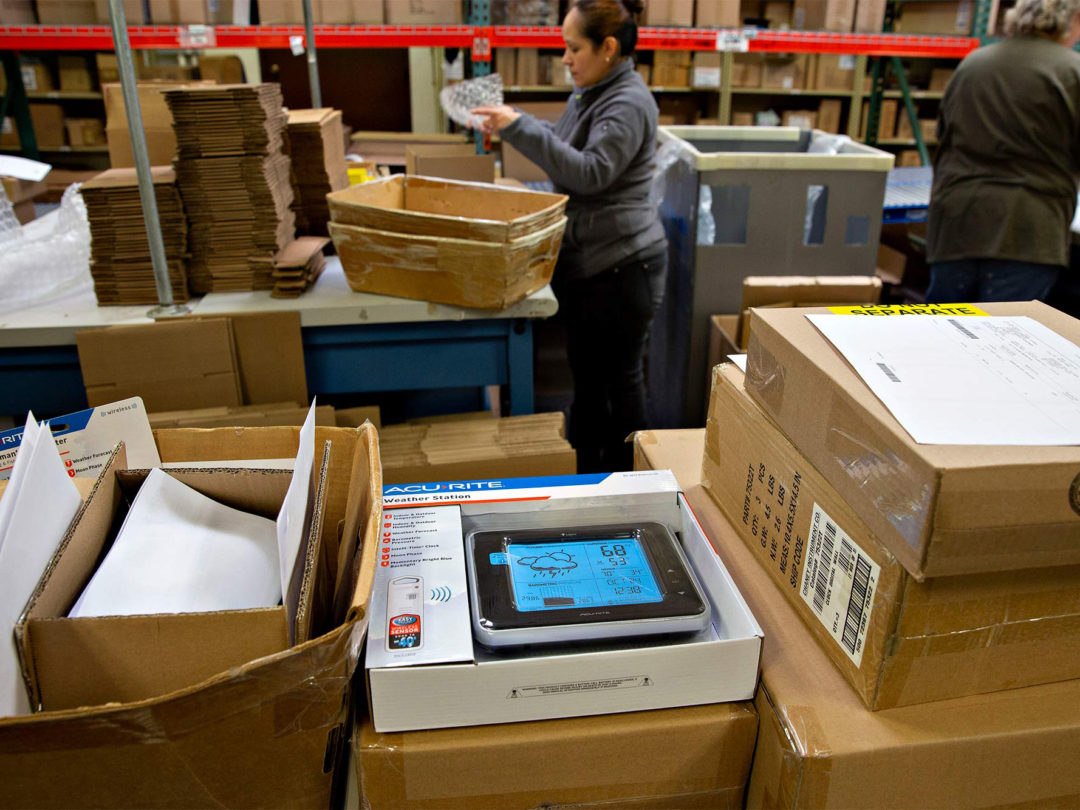
Safety and efficiency: it’s a constant balancing act for manufacturers and the supply chain.
Keep the line running. Keep products moving. Optimize supplier relationships. But make sure it's done safely and in compliance with an ever-growing list of regulations.
Frontline employees are the ultimate linchpin when it comes to maintaining this balance. They must always be ready to execute their roles consistently, while looking out for unusual conditions. However, while processes and technology continue to improve, it's becoming more and more difficult to maintain a knowledgeable, confident employee base.
Veteran employees with decades of practical experience are retiring at the rate of more than 10,000 a day in the U.S alone. Historically low unemployment, and a general lack of interest in manufacturing jobs among younger generations, are making it harder to find people to take their place. Those who do get hired have grown up in a different world, with less exposure to this type of work.
At the same time, companies are becoming more geographically dispersed. This makes for an even more diverse workplace, as people from different cultural backgrounds who speak different languages attempt to do the same job.
While the workforce has changed, the goals have not. How can organizations maintain the same high quality and performance standards while increasing productivity and profitability, despite these challenges? Is it a question of simply providing more training? Or is it more than that?
Employees don’t make mistakes because they weren’t trained. They make mistakes because they forgot what they learned. Or they remembered the information, but weren’t confident enough to use it, so they failed to take action. That is why traditional training methods, such as classroom sessions, posters and daily huddle meetings, often fall short. They take too long to deploy and are almost impossible to implement with consistency across a large, dispersed, diverse workforce. Hands-on job training and coaching will always be a critical part of employee development in operations. But individuals are at different levels of capability as they gain experience, especially when they’re new to the industry.
Today’s manufacturing and supply-chain employees need continuous, personalized support to make sure they have the knowledge needed to make the right decision in the moment.
Enabling the future workforce is a big conversation topic across industries, but the manufacturing and supply-chain sector has a considerable advantage when it comes to one thing: data. There’s a goldmine of performance data, tracking such key elements as efficiency, downtime, leading indicators, quality measures and safety results. Unfortunately, this data has been buried in spreadsheets and reports, only to be utilized after much debate, or when big enough problems arise. Now, artificial intelligence (AI) — the same type of technology that’s changing how operations are run—can draw on this data to provide individual employees with the support they need, when and where they need it.
To take advantage of AI, leaders must reimagine the role that training plays in operational success. Today, training is heavily front-loaded, something that new employees do. Existing employees only receive training to meet compliance requirements, introduce a new process, or compensate for an operational shortfall.
Leading companies such as Merck and Precision Resource have realized the value training can deliver when it’s embedded within the workflow. These organizations are using AI-enabled technology to provide a few minutes of training to employees every shift, and they’re seeing bottom-line results. The training adapts to the individual by using each employee’s performance data to determine specific areas for improvement. AI makes it possible to scale this type of personalized training across the company, while overcoming barriers such as geography and language.
Technology is essential for scaling personalized training, but it’s not the starting point. First, you need a firm understanding of your business priorities. What problems are you trying to solve? Are you looking to improve operational efficiency, or meet quality standards? This will help you find the data you need to guide and measure your training efforts.
Next, determine the on-the-job behaviors that employees must demonstrate to overcome these challenges. Now you have the information you need to find the right AI-enabled technology that can use your organization’s data to deliver targeted, personalized training to help you overcome these high-priority business problems.
Each employee is unique. They come from different backgrounds. They speak different languages. And they learn at different speeds. Trying to use a one-size-fits-all approach to prepare them for challenging roles will add risk to your business. And it will only get worse as their veteran peers — the ones they can lean on for day-to-day guidance — continue to leave.
To maintain the delicate balance of efficiency and safety in a modern environment, business leaders must adopt a new approach to training that acknowledges the uniqueness of each employee. By combining the data already available within your operation and modern AI-enabled technology, you can make sure that your people have the knowledge and confidence needed to help you face the supply-chain challenges of tomorrow.
Carol Leaman is chief executive officer of Axonify, creator of a microlearning platform for frontline employees.







